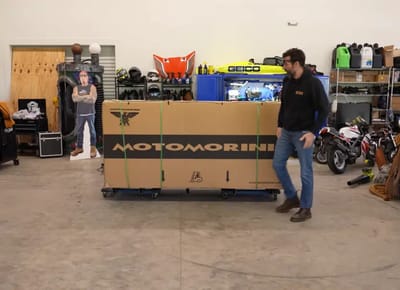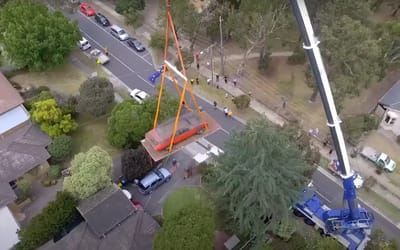Supersonic Airbus jet would fly from London to New York in just one hour
- Airbus is developing a supersonic aircraft that could get across the Atlantic in less than an hour
- Patent documents suggest the ‘ultra-rapid’ jet could get from New York, US, to London in record time
- That’s because its max speed is 4.5 times the speed of sound
Published on Jul 17, 2024 at 6:42 PM (UTC+4)
by Amelia Jean Hershman-Jones
Last updated on Jul 17, 2024 at 6:56 PM (UTC+4)
Edited by
Tom Wood
A new supersonic aircraft under development by Airbus is set to make the Atlantic Ocean seem like a puddle as it would travel from New York, US, to London, UK, in under one hour.
In other words – you wouldn’t even have time to finish your in-flight entertainment film from wheels up to touchdown.
Patents have already been filed for the ‘ultra-rapid’ aircraft.
READ MORE! Elon Musk is excited about Boom Supersonic’s next-gen Concorde – and we can see why
The supersonic Airbus
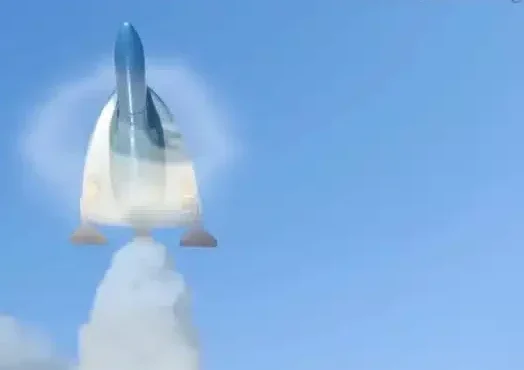
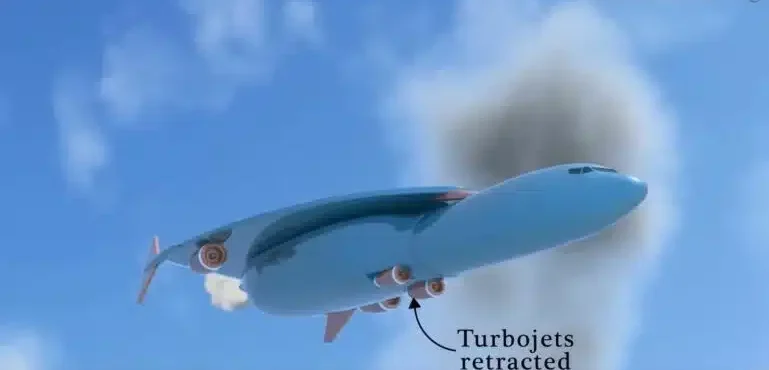
More than two decades since the supersonic Concorde took its swan-song flight, a new supersonic aircraft from Airbus is on the horizon.
According to patent documents, the ‘ultra-rapid’ jet could travel up to about 4.5 times the speed of sound.
That speed could get its 20 passengers from London to New York in just an hour or Paris, France, to San Francisco, US, in less than three hours.
That smashes the British Airways Concorde passenger aircraft record of London Heathrow to JFK airport in New York in two hours 52 minutes and 59 seconds.
It’s described in the patent as a supersonic ‘air vehicle including a fuselage, a gothic delta wing positioned either side of the fuselage, and a system of motors able to propel the air vehicle’.
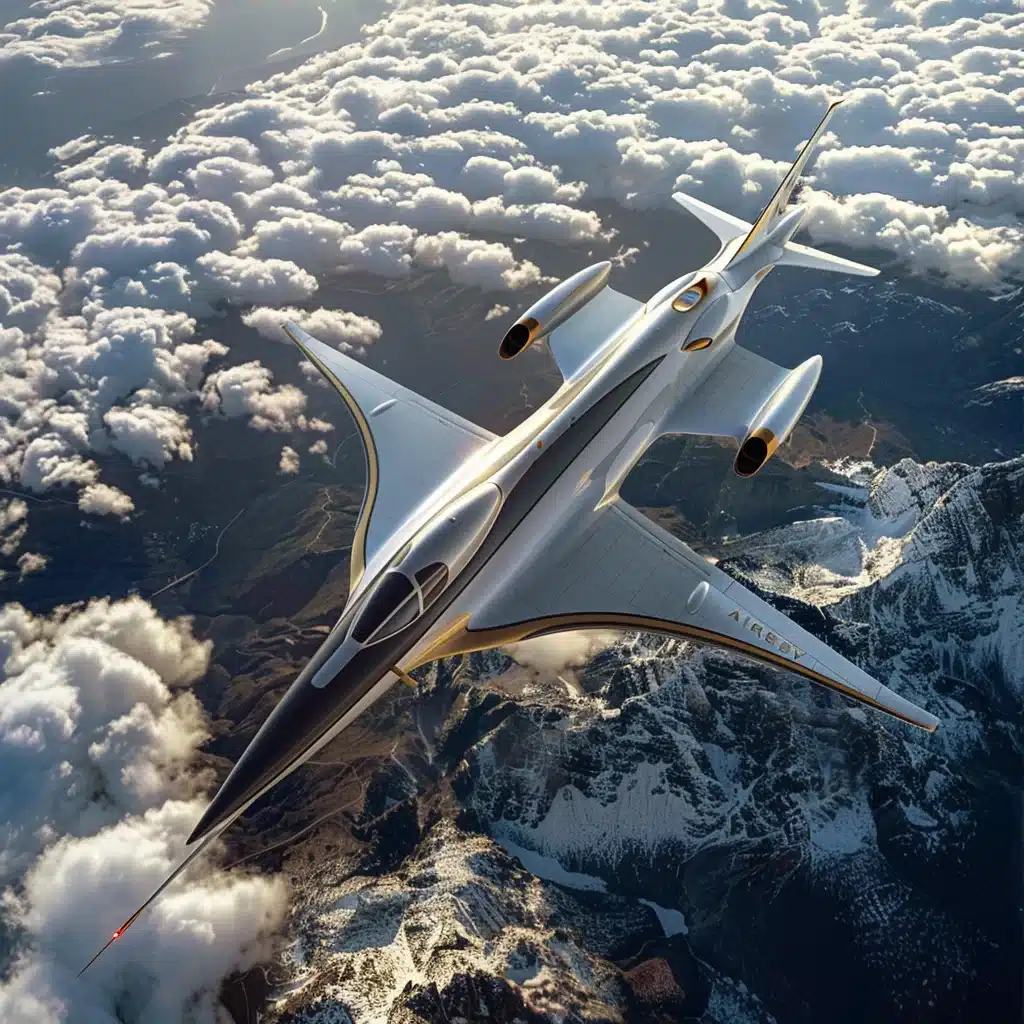
It would sidestep the sonic boom issue faced by Concorde, which saw it banned from flying at supersonic speeds above land.
This hypothetically could be one via its unique conceptual design featuring propulsion systems, and a somewhat unusual flight path.
The Airbus jet boasts three engine types working in sequence.
A pair of traditional jet engines under the fuselage power the aircraft during take-off and landing.
These then retract into the fuselage to reduce drag with two rocket engines at the rear coming into play.
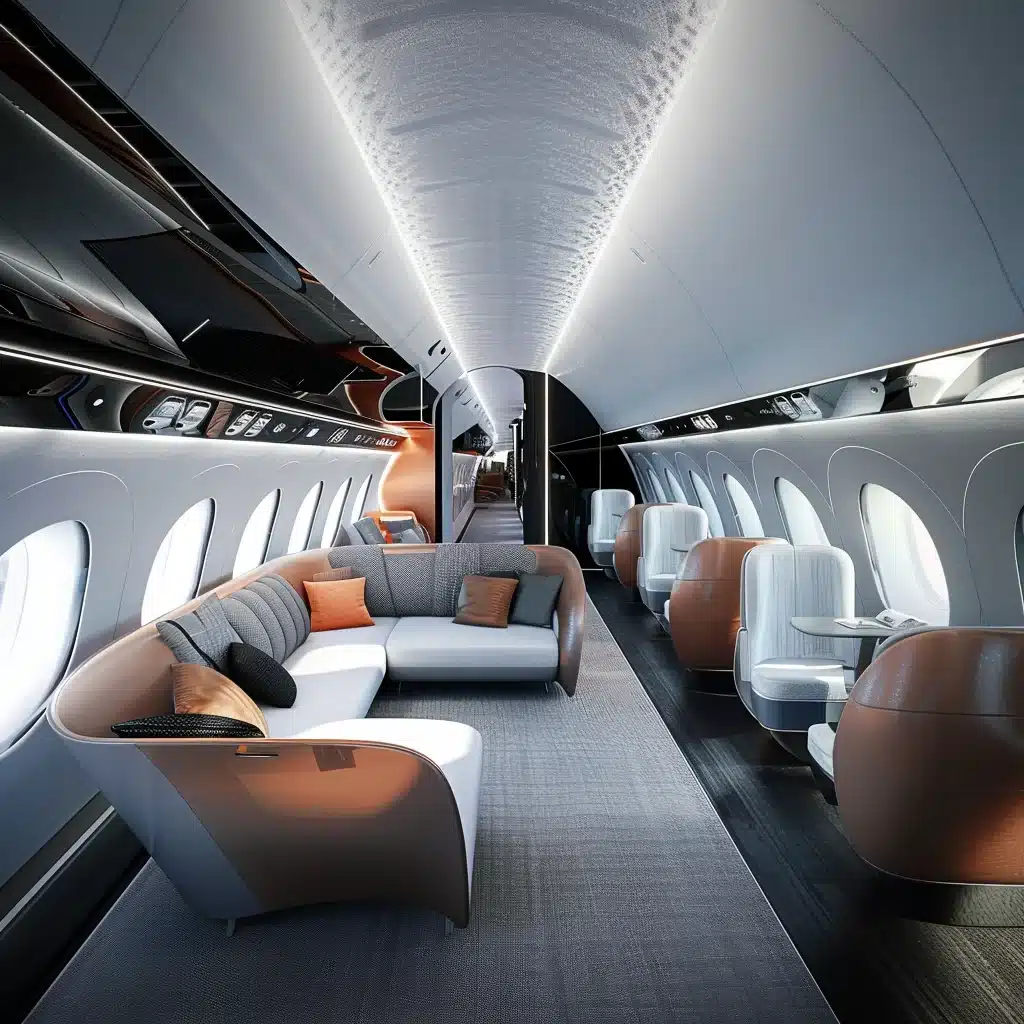
This would see the supersonic jet flying vertically – similar to a space rocket – until it hits its cruising altitude at above 100,000 feet.
Almost at the edge of space, the rocket motors retract behind a flap with a pair of wing-mounted ramjets taking over.
These would propel the aircraft to a top speed of Mach 4.5 (about 5,557 km/h/3,453 mph).
Delta-shaped winglets rotate around the aircraft’s central axis to limit the sonic boom.
However despite speed being important – passenger comfort is also key with hammock-like seats.
Other contenders to succeed Concorde
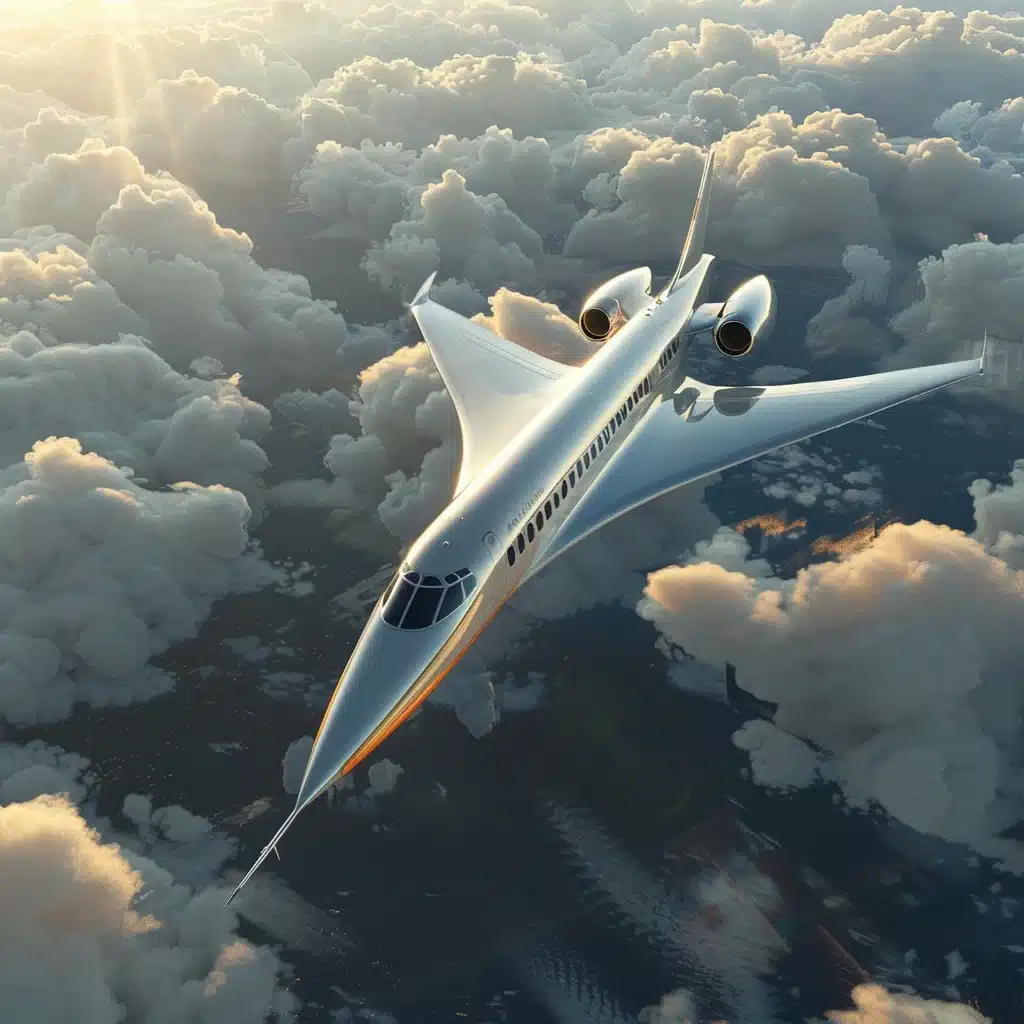
Several companies are working to bring back supersonic commercial air travel.
Dawn Aerospace, a New Zealand-based company, has been certified to fly their rocket plane at supersonic speeds.
NASA also have the X-59 quiet supersonic aircraft.
DISCOVER SBX CARS: The global premium car auction platform powered by Supercar Blondie

London-based Amelia cut her journalistic teeth covering all things lifestyle, wellness, and luxury in the UK capital. Fast-forward a decade and the senior content writer and editor has put pen to paper for glossy magazines, busy newsrooms, and coveted brands. When her OOO is on from writing about cars and heading up on-site SEO you can find her spending quality time with her young family, in the gym, or exploring the city she loves.
